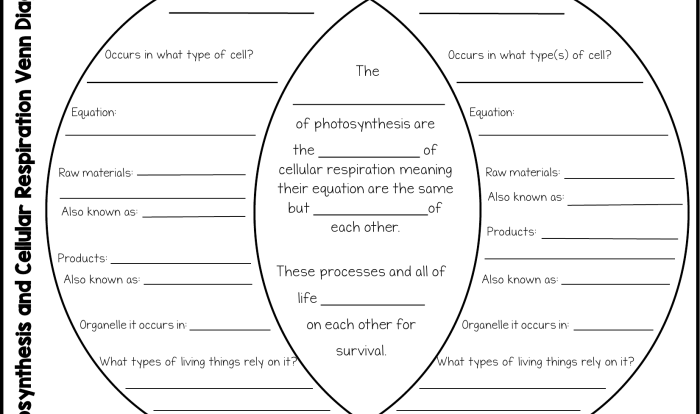Elements & macromolecules in organisms answer key: Delving into the fundamental building blocks of life, this comprehensive guide unravels the intricate relationship between elements and macromolecules, shedding light on their indispensable roles in the functioning of living organisms.
From essential elements that orchestrate biological processes to macromolecules that form the very fabric of cells, this exploration unveils the intricate interplay that sustains life.
Introduction
Elementsare the fundamental building blocks of matter, while macromoleculesare large, complex molecules essential for life. Together, they form the foundation of all living organisms.
Types of Elements in Organisms

Essential elements for life include carbon, hydrogen, oxygen, nitrogen, phosphorus, sulfur, and potassium. These elements play crucial roles in biological processes such as energy production, protein synthesis, and cell division.
Types of Macromolecules in Organisms

- Carbohydrates: Provide energy and structural support (e.g., glucose, starch, cellulose)
- Lipids: Store energy, form cell membranes, and produce hormones (e.g., fats, oils, waxes)
- Proteins: Facilitate chemical reactions, provide structural support, and regulate gene expression (e.g., enzymes, antibodies, hormones)
- Nucleic acids: Store and transmit genetic information (e.g., DNA, RNA)
Interrelationship of Elements and Macromolecules

Elements are incorporated into macromolecules through chemical reactions. Macromolecules, in turn, play a role in the synthesis and degradation of elements, ensuring a balanced and functional cellular environment.
Factors Affecting the Abundance of Elements and Macromolecules: Elements & Macromolecules In Organisms Answer Key
- Environmental availability: The presence of essential elements in the environment influences their concentration in organisms.
- Organism’s metabolic needs: Different organisms have varying requirements for elements and macromolecules, affecting their abundance.
- Physiological state: The stage of development, health, and stress levels can impact the abundance of elements and macromolecules.
FAQ
What are the essential elements for life?
Carbon, hydrogen, oxygen, nitrogen, phosphorus, and sulfur are the six essential elements that constitute the majority of living matter.
How do elements contribute to biological processes?
Elements serve as building blocks for macromolecules, participate in metabolic reactions, and maintain cellular structures.
What are the main types of macromolecules?
Macromolecules are classified into four main types: carbohydrates, proteins, lipids, and nucleic acids.
